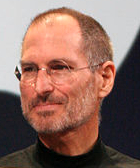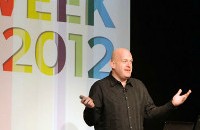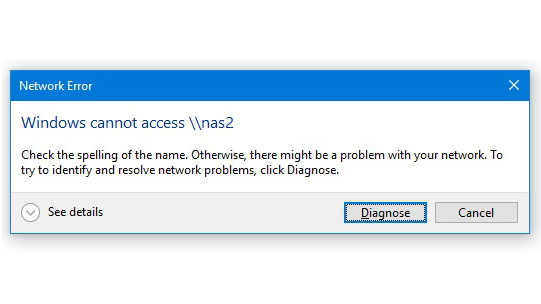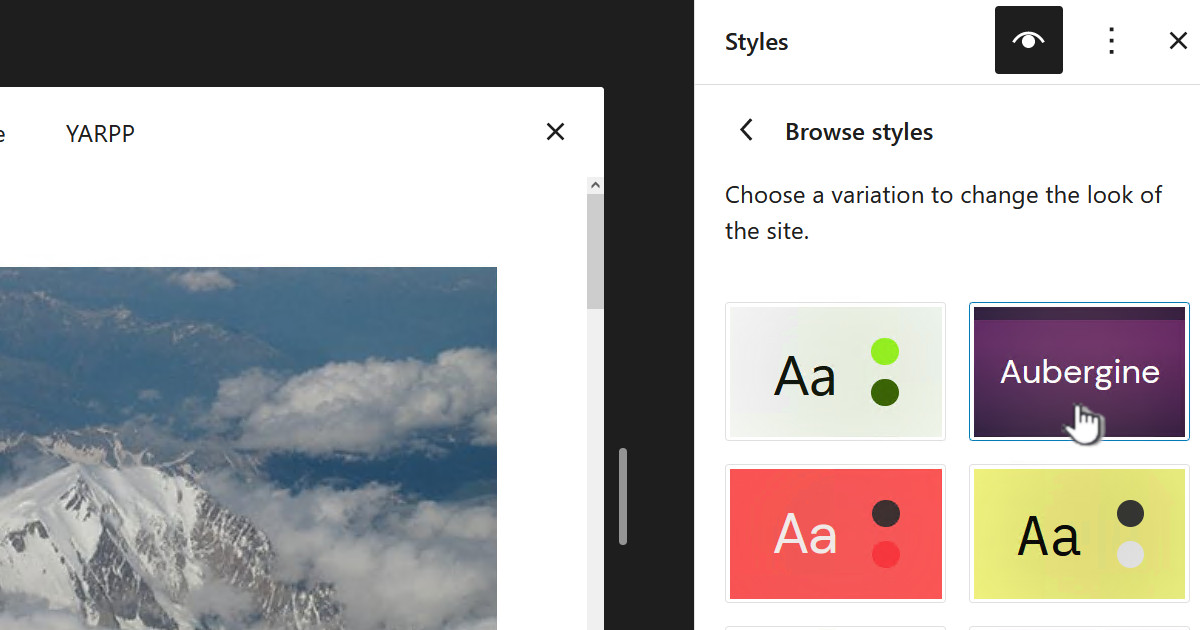A week or two ago I watched the 2012 uxweek keynote from Jensen Harris entitled “The Story of Windows 8”, it turned out to be a most interesting presentation. Jensen Harris is Microsoft’s “Director of Program Management for the User Experience team“
Today I watched the keynote for the second time in order to write this article. I must admit to not being quite as enthusiastic about it the second time around – it just wasn’t quite as animating as the first time around. Jokes like “we had to get Richard Nixon’s approval” didn’t seem quite so funny second time around.
This keynote was about the design decisions, principles and processes that were taken with Windows 8. He talked of some of the stories from within the team and the path that was taken from June 2009 when Windows 7 was finished.
Jensen talked a lot about taking a clean look at things, not “resting on familiarity”. He notes that Windows is “the most familiar computer experience in the world” and that over 500 million legal copies of Windows 7 have been purchased.
A lot of this keynote is about the fact that the Windows experience has merely evolved since Windows 95, resting on the tried and true formula that has evolved from Windows 95. Much of the keynote was devoted to the idea that, in essence, Windows 8 was the first radical design change since Windows 95 was born out of Windows 3.1. As such many comparisons were made about what life is like today and what it was like when the design for Windows 95 was born – Jensen pointing out the Windows 95 design process started much earlier than 1995, with the initial specs for the start menu being drawn up in 1992.
In talking about the changes between 1992 and 2009 he notes:
- The number of mobiles phones changed radically
- Cars changed radically
- MP3 standard was not even ratified in ’92 but now its ubiquitous
- No Internet to speak of in ‘92
Perhaps the biggest thrust of the keynote was the idea that a quality radical change and innovation in design could usurp the tried and true – such as the Windows experience. The revolutionary devices he listed were:
- The PS2 PlayStation controller
- Nintendo Wii
- iPhone
- Kindle Toyota Prius
I have to say I agree with some of the devices and technologies he listed but not all of them. I don’t think the Prius was revolutionary, it was somewhat brave of Toyota to push with the Prius but a hybrid electric/petrol car is surely evolutionary not revolutionary. As for Google and the way it became the “homepage of the internet”, usurping Yahoo. Perhaps he has forgotten about Alta Vista, a name from the past, but for many Alta Vista was the first real search engine of the Internet. For me at least the transition from Alta Vista to Google was a gradual one as Google got better and better.
But Jensen is right it does take courage, imagination and usually downright dogged determination to create a truly revolutionary product. Jensen talked a lot about quality of design and doing things right.

It’s hard not to draw parallels with Steve Jobs. Anyone who has read Steve Jobs biography, “Steve Jobs” by Walter Isaacson, will know he had a steely eyed determination to achieve the quality of product he wanted. He would manipulate and control in order to get what he wanted, a man with a mission, absolute drive and focus!
Jensen talked of “pride in craftsmanship” and getting things right even if they aren’t seen often or at all. As an example he talked about making the blue screen of death, BSOD, look nicer with more succinct information and using well-kerned and anti-aliased fonts in color. He described this task as one of the hardest coding tasks ever.
Paying attention to things that were not likely to be seen is not something new, Jensen often said “you might not notice, but god will notice”. Steve Jobs biography makes it clear that this exact philosophy was engrained deep in Jobs psyche. Job’s dad was very much of this mindset as were a number of other important people in his life. Attention to detail is great to see in Microsoft products but they hardly own that principle seemingly coming to it much later than Apple.
Jensen described the 5 principles in Windows 8 design:
- Do more with less (fierce reductionism)
- Authentically digital
- Pride in craftsmanship
- Fast and fluid (graceful and organic)
- Win as one (singular vision)
Jensen fleshed out all the principles above in some detail. Things like “fast and fluid” being about the fact that with touch it is critical that there to be no lags and that movement had to be fluid – if your finger is dragging something and it suddenly slows and moves behind your finger you notice!
The “win as one” principle is about the idea that when using Windows 8 it should feel like it was designed by one person, it should be consistent. Whilst a laudable goal isn’t that a rather obvious goal with any software product, especially one the size of Windows?
Overall a very interesting presentation, which is well worth watching, but it’s hard to get past the frequent references to and parallels that are drawn with, Apple and in particular Steve Jobs. Clearly the Apple philosophy has rubbed off a bit on Microsoft. Its also interesting that they seem to admit that they were lacking it previously and playing catch-up with Apple.









![[L] – WordPress UAM Locked Post](http://www.zoyinc.com/wp-content/uploads/2024/04/WordpressUAMLockedPost_Featured.jpg)


